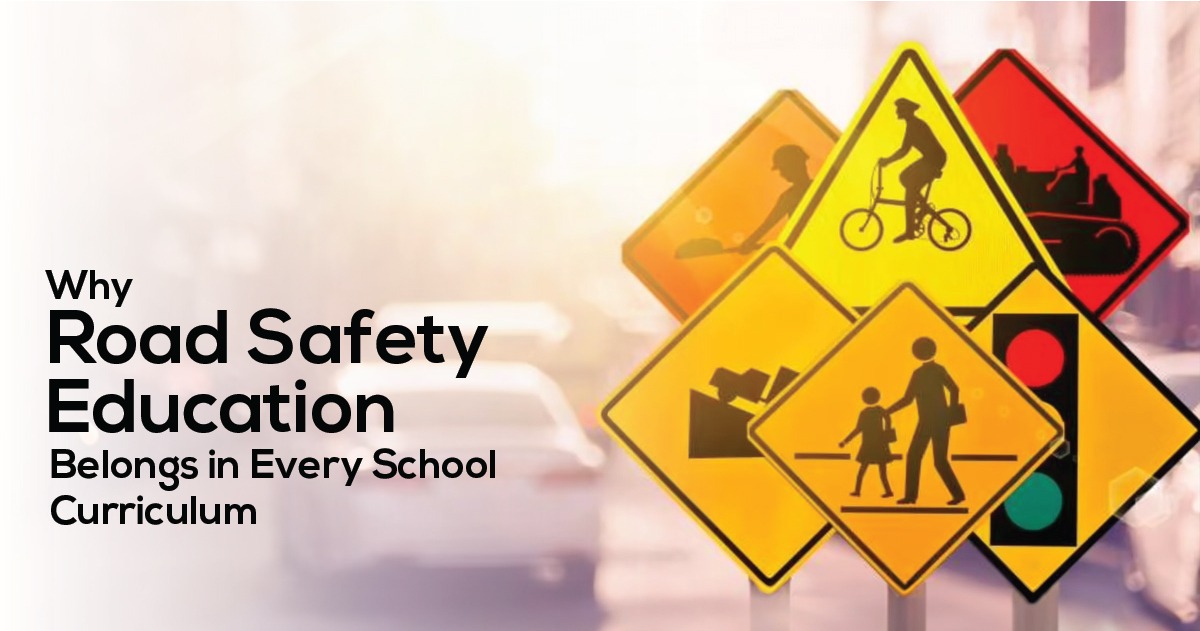- July 10, 2025
- KT Global School
- 0

Introduction: Road Safety—A Life Skill, Not Just a Lesson
In today’s fast-paced and motorized world, children are increasingly exposed to road environments—whether they’re walking to school, boarding a school bus, cycling, or traveling with their families. Yet, many students lack the necessary knowledge and skills to navigate roads safely. This is where road safety education becomes vital. When embedded in the school curriculum, it not only teaches young minds how to stay safe but also cultivates responsible future citizens.
For parents seeking a holistic education for their children, schools that prioritize life skills like road safety stand out. Institutions like KT Global School, recognized as a top school in Odisha, are actively integrating such essential learning into their educational framework, reinforcing the importance of safety alongside academic excellence.
The Growing Need for Road Safety Awareness
According to data from the Ministry of Road Transport and Highways (MoRTH), India records one of the highest numbers of road accidents globally. Alarmingly, a significant portion of these accidents involve young pedestrians and riders—many of whom are students. These figures are not just statistics; they are a call to action for educational institutions to equip children with the tools they need to protect themselves.
Road safety education in schools can significantly reduce the risk of accidents by teaching children:
● How to use pedestrian crossings correctly
● The importance of wearing helmets or seat belts
● Understanding traffic signals and road signs
● The dangers of mobile phone use near roads
● Safe cycling practices
What Road Safety Education Looks Like in Schools
A robust road safety curriculum goes beyond textbook theory. It must be interactive, experiential, and age-appropriate. Progressive schools in Odisha and across India are adopting innovative methods to teach road safety. These include:
●Interactive Workshops and Seminars: Conducted in collaboration with traffic police departments and safety organizations.
●Simulated Traffic Parks: Miniature road models where students learn practical traffic rules in a controlled environment.
● School Transport Protocols: Lessons on safe behavior inside school buses, including emergency drills.
● Student Road Safety Patrols: Older students assist in managing school zone traffic under adult supervision.
● Road Safety Weeks: Themed activities like poster-making, slogan competitions, and quizzes to reinforce learning.
Schools like KT Global School are setting a benchmark by integrating such practical initiatives into their co-curricular activities. This balanced approach to education makes it one of the top schools in Odisha, not just for academics but for life-readiness.
Long-Term Benefits of Road Safety Education
1. Creating Responsible Citizens
Children exposed to safety education grow up to be more responsible drivers, cyclists, and pedestrians. They become more aware of not only their safety but also that of others on the road.
2. Promoting Community Safety
When children bring home what they learn, they influence family members and friends. A child reminding their parents to wear a seatbelt or avoid texting while driving is a powerful ripple effect.
3. Reducing Road Accident Rates
Countries that have implemented comprehensive school-based road safety programs report a marked reduction in youth-related road injuries and fatalities. Education truly saves lives.
How Progressive Schools Are Driving Road Safety
In Bhubaneswar and across Odisha, a few forward-thinking schools are setting new benchmarks in integrating essential life skills into everyday learning. KT Global School is one among such institutions that takes meaningful steps to bridge the gap between academic knowledge and real-world application—especially when it comes to road safety education.
The school has introduced several proactive measures:
● Annual Safety Audits of school premises and transport routes.
● Collaborations with Traffic Authorities for student training.
● Parent Engagement Sessions focused on home-to-school travel safety.
● Digital Awareness Campaigns teaching students about cyber and road safety through videos and interactive content.
The Role of Parents and Community
While schools lay the foundation, the larger community—including parents—must support and reinforce safety education. This can be done by:
- ● Modeling safe behavior (e.g., following traffic rules, using safety gear)
- ● Encouraging children to walk or cycle to school when feasible
- ● Discussing road safety tips regularly at home
- ● Advocating for safer school zones and transport regulations
Schools and communities must work hand-in-hand to ensure that safety education is not a one-time activity but a sustained effort.
Conclusion: Education for Life, Not Just Exams
Incorporating road safety into school curriculums is no longer optional—it’s a necessity. As traffic continues to increase, so does the need for safety-conscious behavior. Schools have the responsibility to prepare students not only for academic success but also for real-world challenges.
Institutions like KT Global School are showing how this can be achieved effectively. Their proactive steps in road safety education, combined with a comprehensive academic and co-curricular framework, are what make them a top school in Odisha.
When choosing a school, parents should consider not just grades and facilities, but whether the school is preparing their child for life—and that includes staying safe on the roads.
